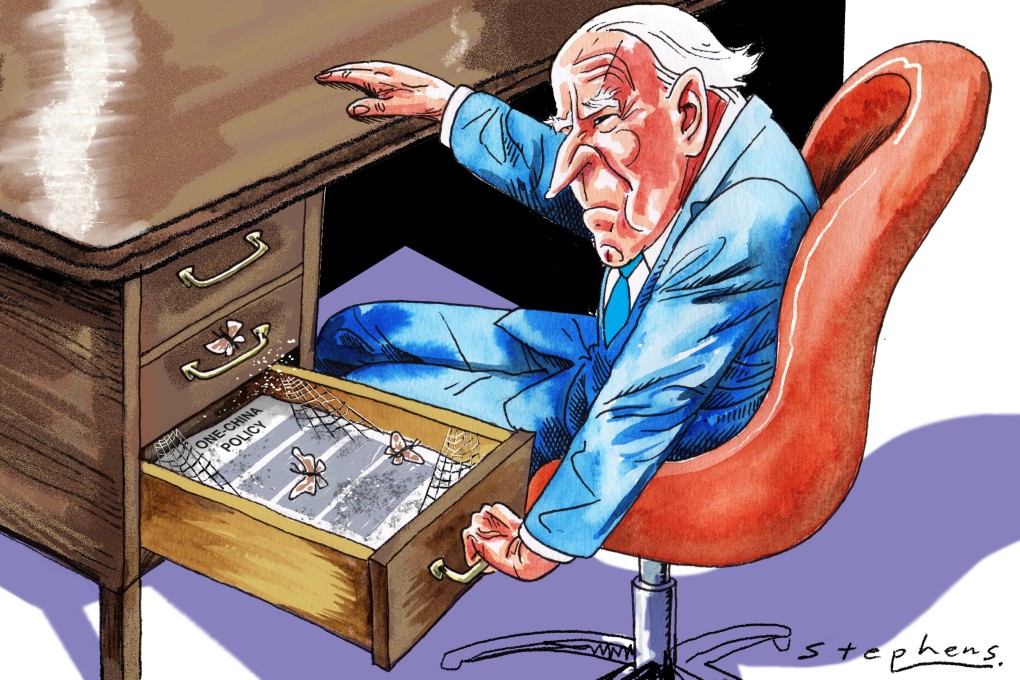Advertisement
Opinion | To avert war across the Taiwan Strait, the US must reinvigorate the one-China policy
- Beijing still has strategic patience and that is a chance for Washington to avoid sleepwalking into a costly and damaging conflict
- It can start by encouraging Taiwan to accept the 1992 consensus, and discouraging US officials from visiting Taiwan
Reading Time:4 minutes
Why you can trust SCMP
39

With China-US relations in free fall, the bare minimum needed for both powers to coexist is not to increase trust, but to avert a conflict in the Taiwan Strait, something that looks increasingly likely.
Advertisement
Since the Trump administration, a vicious circle of action and reaction has spiralled. It culminated in August when US House Speaker Nancy Pelosi visited Taiwan despite China’s warnings. The response of the People’s Liberation Army was an unprecedented military exercise in six areas around Taiwan that effectively sealed off the island for three days.
How to avoid a conflict that neither side wants? Simple: let China believe that a peaceful reunification with Taiwan is still possible. This will mean the Taiwanese authorities coming back to the one-China principle and the US reinvigorating the one-China policy it claims to have maintained.
This won’t be easy. In 1992, the mainland and Taiwan’s ruling Kuomintang agreed that there was only one China, although they differed in their definitions. But the Taiwanese authorities, led by Tsai Ing-wen, asserted that Taiwan had never accepted the 1992 consensus. Beijing’s worry is that, should the stalemate continue, a Taiwan led by separatist authorities could remain de facto independent for good.
The US insists it respects the one-China principle but sells arms to Taiwan worth tens of billions of dollars. President Joe Biden has more than once said the US would defend Taiwan in an attack from the mainland.
Advertisement
Most recently, the bipartisan Taiwan Policy Act proposes to recognise Taiwan as a “major non-Nato ally”. Amid growing tensions, Beijing has to suspect that Washington is developing what Henry Kissinger called “something of a ‘two-China’ solution”.

Advertisement
